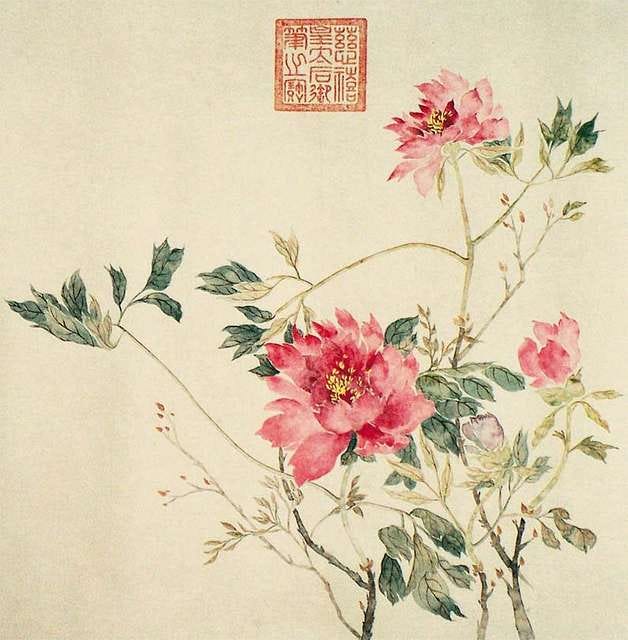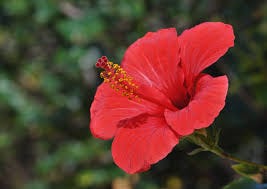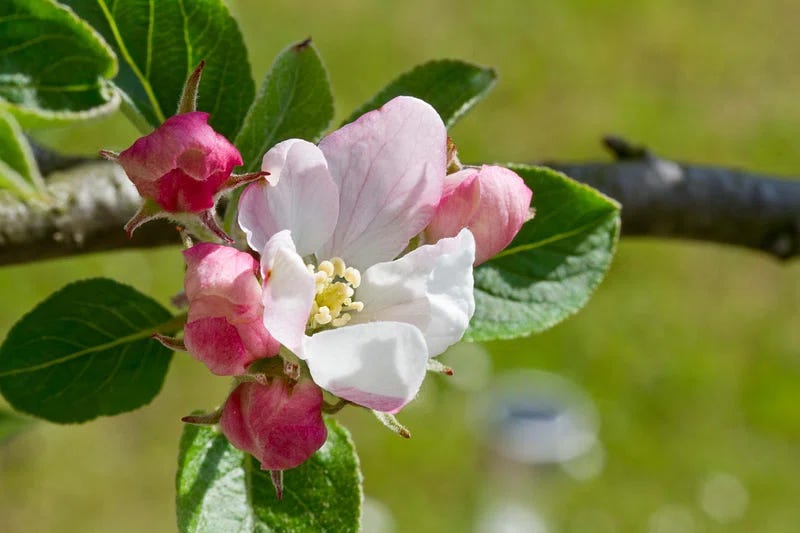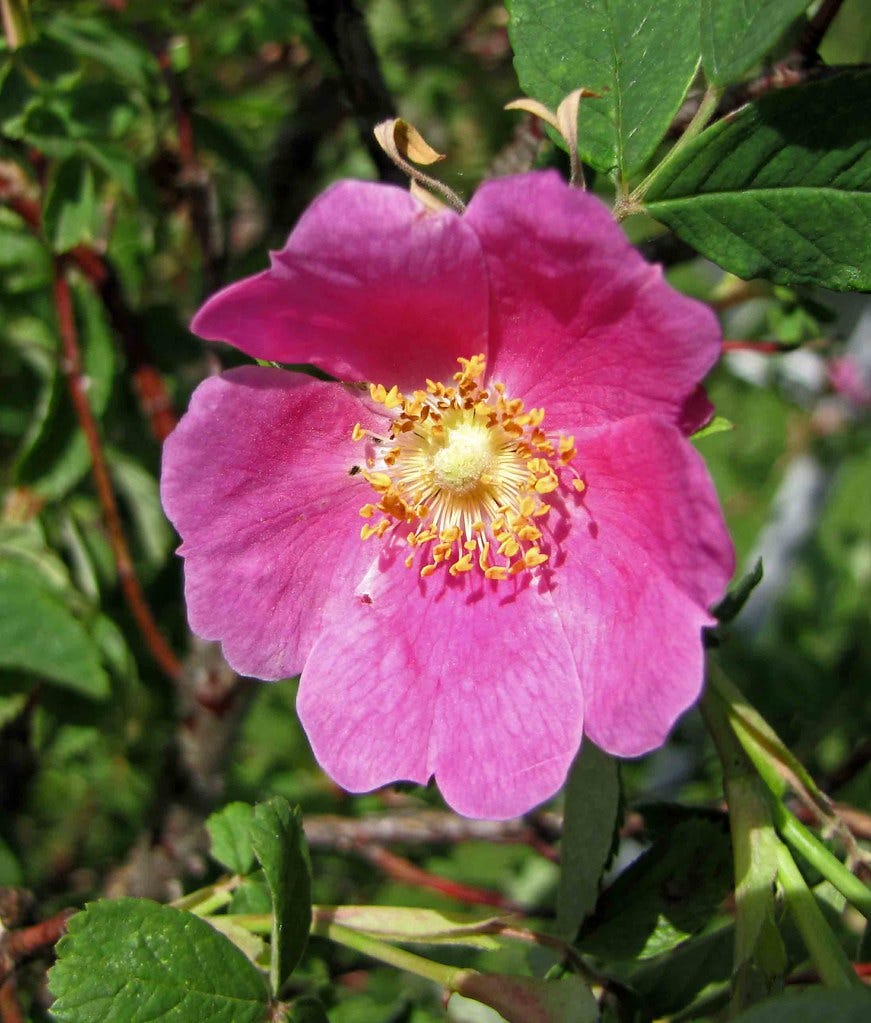ALSO KNOWN AS: Rosa cinnamomea, double cinnamon rose, cinnamon rose, Rosa majalis, R. fecundissima,
Not hibiscus, they can share shocking red tones. But hibiscus has a singular prominent stigma that grows out of the center, while rose has lots of little anthers.
Or apples. They share a family, and their flowers resemble each other, but apples, of course, are trees.
How to know:
Showy flower if uncultivated
Pink petals in a rosetta shape, usually tens of petals layered around each pistil
Bright red rose hips with a knot of sepals at the end
Prickles and bristles along the stem
fibrous stems that mature from green to red
The image of a rose inspires countless meanings, from a monumental love that exhibits both strength in thorns and sublime beauty in layered, vibrant petals; to the blood of war; the emblem of the great mother; circles; or secrets kept in protective barbs. By extension, each of the nearly 5,000 species of Rosacea, including raspberries, apples, blackberries, plums, pears, and cherries have definitive roles in society. Roses are native to all temperate regions of the Northern Hemisphere and so have their roots in the cultures there. But they have been carried in colonization and migration throughout the world. The closer you get in analyzing the immense cultural influence of the rose, the more encompassing it becomes. So from one perspective we are always talking about roses.
No matter how cultivated they become their thorns are a touch of wildness. Sometimes these thorns are compared to the slightly curved teeth of dogs. In a way, the rose is the dog of plants. Both have been cultivated for thousands of years, as companions, healers, and protectors to humans. Now roses are cultivated all over the world with rarified hybridity to enhance their beauty. According to the Observer of Economic Complexity, in 2022 global rose sales estimated 3 billion dollars with the top exporter being the Netherlands, and the top importer, the US. The rose has enchanted us.
The Rosa genus, which includes the cinnamon rose likely has between 320 and 350 species. The cinnamon rose, or Rosa majalis, is a wild variety of rose, with several cultivated varieties. But not many. It has not been considered beautiful, for its flat head and rust colored stems. It is native from Siberia down into the meadows and floodplains of Central and Eastern Europe. The cinnamon rose lives in cool forested climates enjoying freely moving air as they climb toward the sun’s rays and dodge the shade.
History is sparse about this rose in particular. But their habit of hanging among tombstones signifies their probable connection with the dead.
Cinnamon rose grows most comfortably in well aerated and moist clay, but tolerates slightly sandy soil. Like other roses it is a woody perennial shrub that can grow up to 8 feet. The lobed leaves are jagged with teeth and small hairs at the top. Their petals range from deep to light pink. As the years progress, the stem settles into a profound reddish brown hue. This is a deciduous rose, losing its leaves through the winter, so nothing but coppery barbed stalks remain as a web of red stems on a snowy landscape. They have straight main stems and lateral ones that turn and wind, making them a perfect hedge shrub as the famous thorned walls of fairy tales. Flowers festoon the shrubs come June if they are in full sun, but if they are in shade the blooms are few and far between.
The fruits of the cinnamon rose are enclosed in an ovular shell called a rose hip. They are sweet and high in vitamin C A, and E. They are antioxidant, antimicrobial, and astringent. Their historical uses have ranged from treating coughs to infertility. Studies are also being done to see if it can reduce cancerous cells as well. The young shoots are edible. The petals have been used to make jam and wine, and the rose hips are high in sugar, producing a musky sweet flavor. The rose hips produce an orange dye. The seeds protect themselves with small hairs that can’t be easily digested, so of the edible parts of the plant, the seeds are left for the small rodents to eat.
The name “cinnamon” is a possible reference to the shape of the tight brownish buds like cinnamon sticks. Or it could be shade of its stems which mirror cinnamon’s bark.
The cinnamon rose grows from both seed and suckers that extend from the main taproot. So it can be propagated with cuttings. The seed generally takes two years to germinate because they need a series of warming and cooling times. But once they are established, the cinnamon rose doesn’t need much to thrive, surviving in freezing winters and warm humid summers. All roses have this tenacity. The oldest rose is in Germany and hundreds, if not more than one thousand years old.
The rose’s thorn is not a thorn at all. They serve as protection for the plant, just like thorns. Thorns are generally seen on trees and come from stem tissue, these are prickles. The difference between the two comes down to cells. The cells in the rose “thorn” are epidermal cells, like our skin cells. They extend, not from the inside out, but, at projections of the skin itself.
I believe that, in the same way we have cultivated plants, plants have cultivated us.
And the rose fancies itself a god. So there it lives: as a divinity in story, and deeply woven into nearly every religious practice, from the rose of Mohammed to the roses of the Virgin of Guadalupe, and Aphrodite. The first writings about roses have been found on Mesopotamian tablets, and mentioned in Chinese literature. Since then roses have since been adapted to cultures all over the globe. In many cases it was cultivated as medicine, but it’s hard to deny the beauty and soft scent and beautiful unfurling bloom.
Myth for the cinnamon rose
There was a time when the goddess lived on earth. She was for the most part, human. She spent her time making beings and talking with the plants and animals, learning all about them. Like all of life, death approached her one day. But she was the goddess still, so death gave her the choice, to live on, or die like all the rest. And she knew that to truly understand the beings of the world that she had both created and learned to love, she had to die. “I will die exactly as those who live” she said. But before she did she instructed the muskrats, chipmunks, and squirrels to bury her by a river, where the sun would shine in the afternoons and the shade of the trees would embrace her in the evenings.
And in that spot where she was buried, the first cinnamon roses appeared. So we know that the goddess lives in every rose. Wherever a prayer is spoken into the darkness; there a rose blooms. Wherever one forgets who they are; there rose petals remind them of their true name. Now we know that when our time comes we will be woven into the earth and will emerge in some kind of life again, as if from nothing. This is what she gave to us.
Forager Friendly?
Yes! Harvest respectfully.
Sources
https://pfaf.org/User/Plant.aspx?LatinName=Rosa+majalis
https://oec.world/en/profile/hs/roses
https://en.wikipedia.org/wiki/Rosa_majalis#/media/File:Illustration_Rosa_majalis0.jpg
https://en.hortipedia.com/Rosa_majalis
http://www.naturalmedicinalherbs.net/herbs/r/rosa-majalis=cinnamon-rose.php
https://nicolejuday.wordpress.com/2012/07/09/double-cinnamon-rose/
https://luontoportti.com/en/t/1008/cinnamon-rose
https://earthpedia.earth.com/plant-encyclopedia/angiosperms/rosaceae/rosa-majalis/
https://www.phiessences.com/en/Rose-Essences/2---Zimtrose---Cinnamon-Rose.html
https://homesteadingfamily.com/rose-petal-uses-diy-rose-face-wash/
By Any Other Name: A Cultural History of the Rose, Simon Morley (book)

What was whispered to the rose
To break it open
Last night
Was whispered to my heart.
–Rumi






